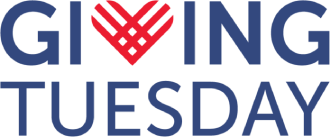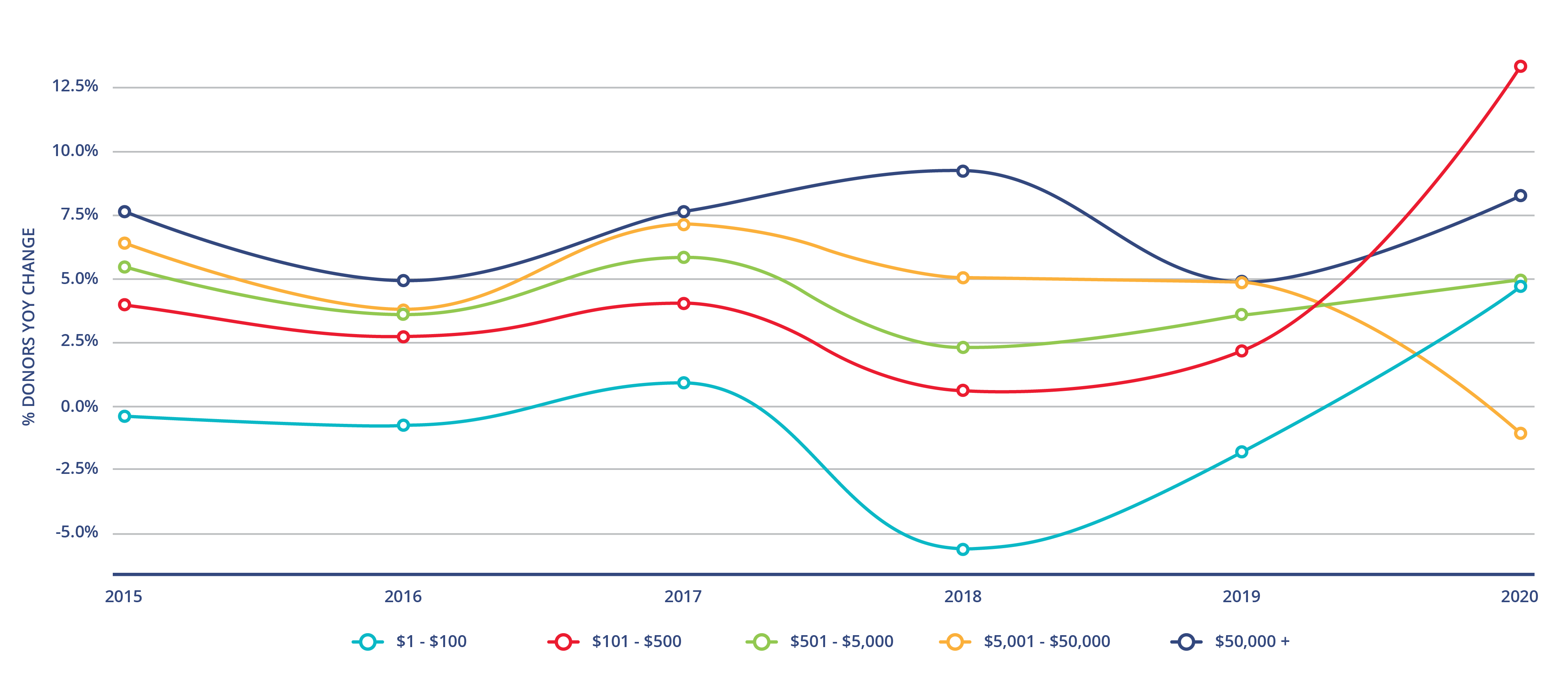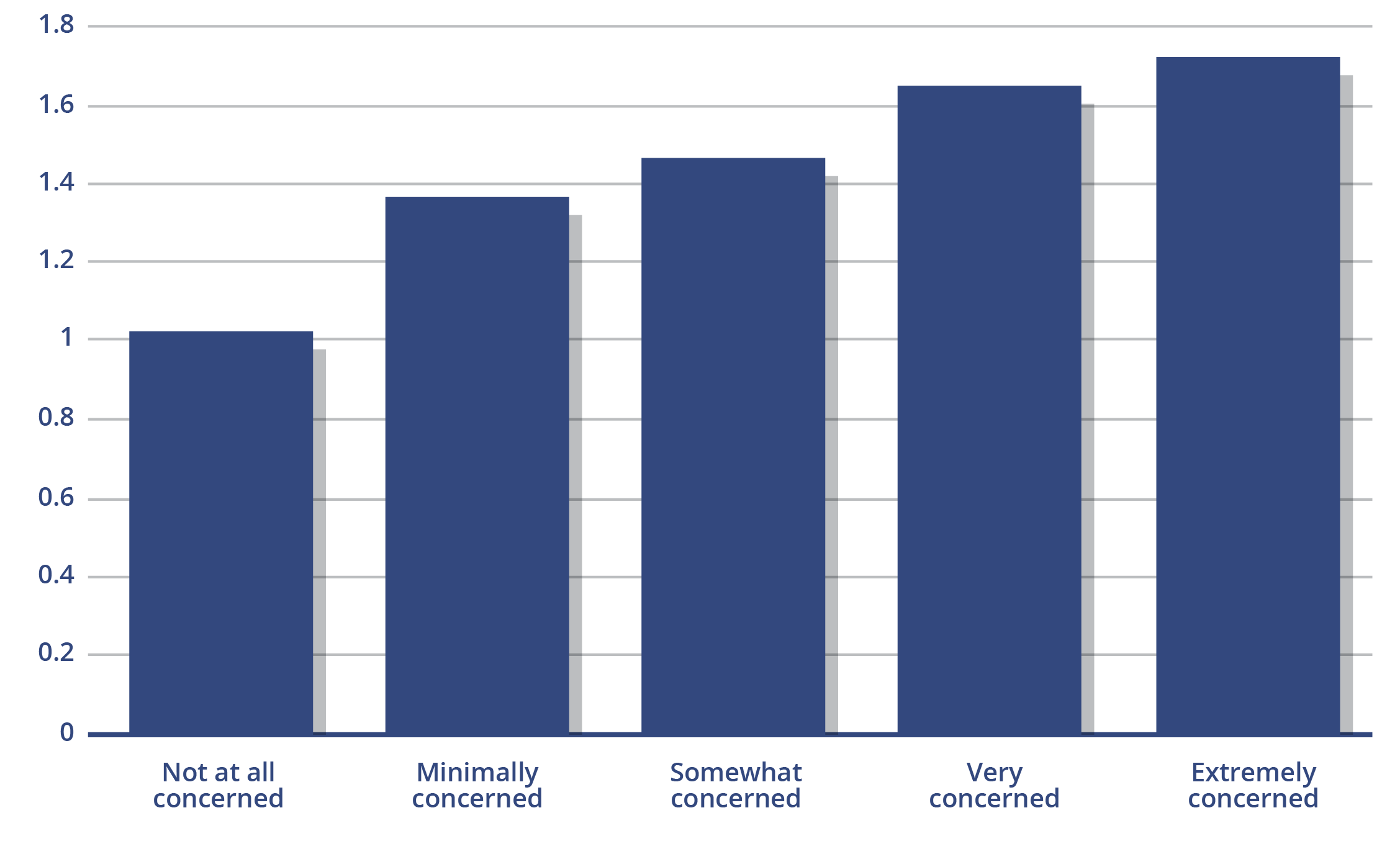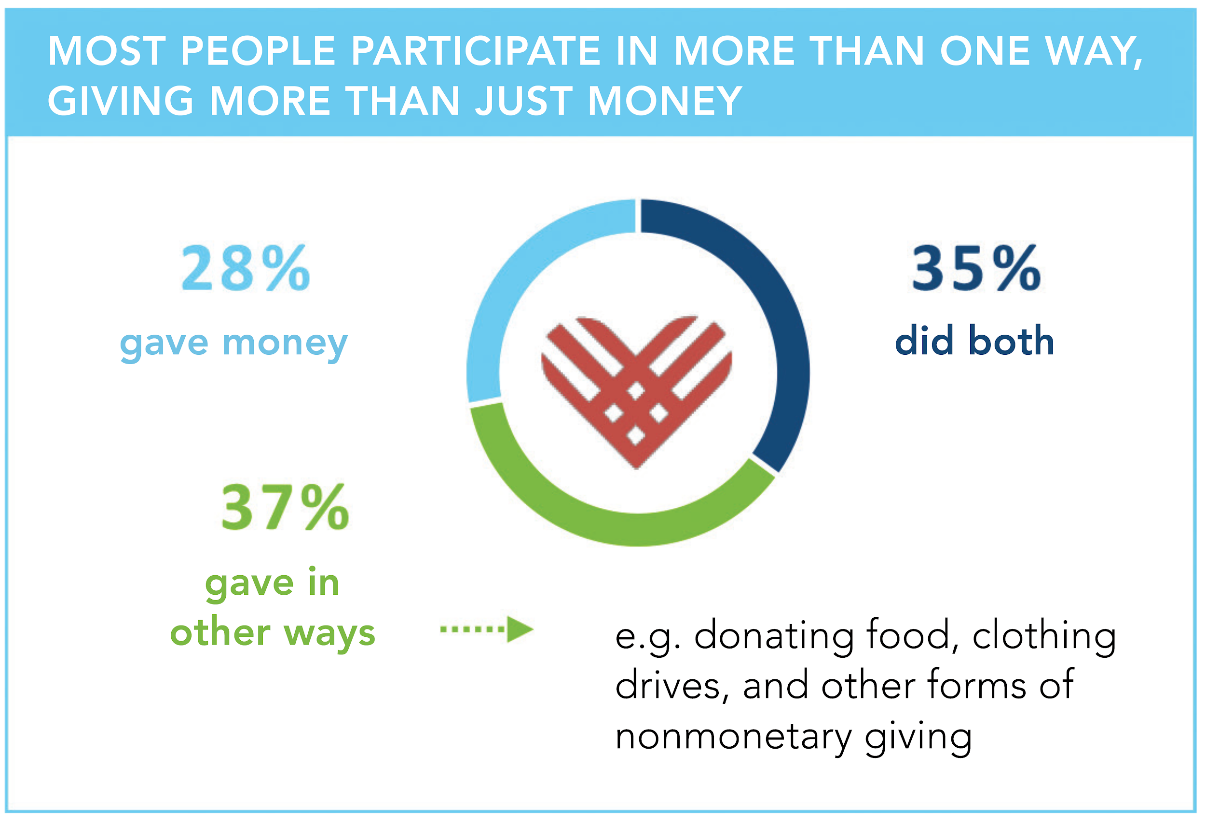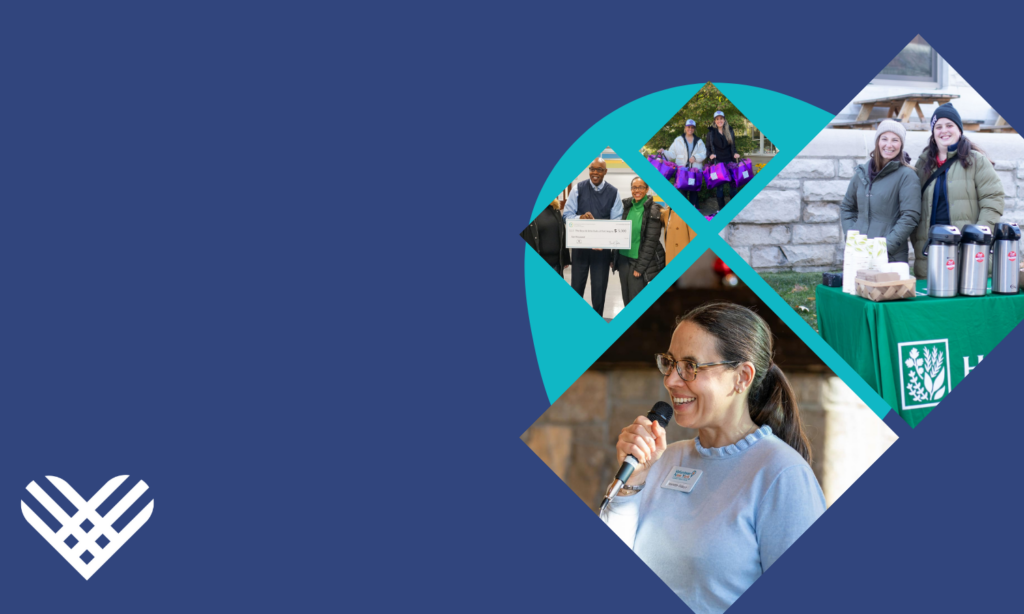“Where are the donors?”
Fundraising practitioners in the sector have been asking this question for years, and amid the recent calamity and uncertainty, I’ve been hearing it more and more. But the truth is, we’re so fixated by the rear-view mirror, we’re in danger of missing our exit. 2020 was a kick in the gut. Many of us are worn out. But we also have a new route forward that leads to a resilient and thriving sector – if we take it in time.
The upheaval of 2020 continues to be felt across the nonprofit sector. A dramatically increased demand for services and disruption of revenue models will likely have long-term effects. We see indicators of this in the increased number of charities dropping out of fundraising– a possible indication of organization failure. We observed substantial volatility in the fundraising marketplace in 2020 and despite an increase in giving, the typical organization saw contraction compared to the previous year.
CUMULATIVE YOY CHANGE, BY ORGANIZATION SIZE (MEDIAN)
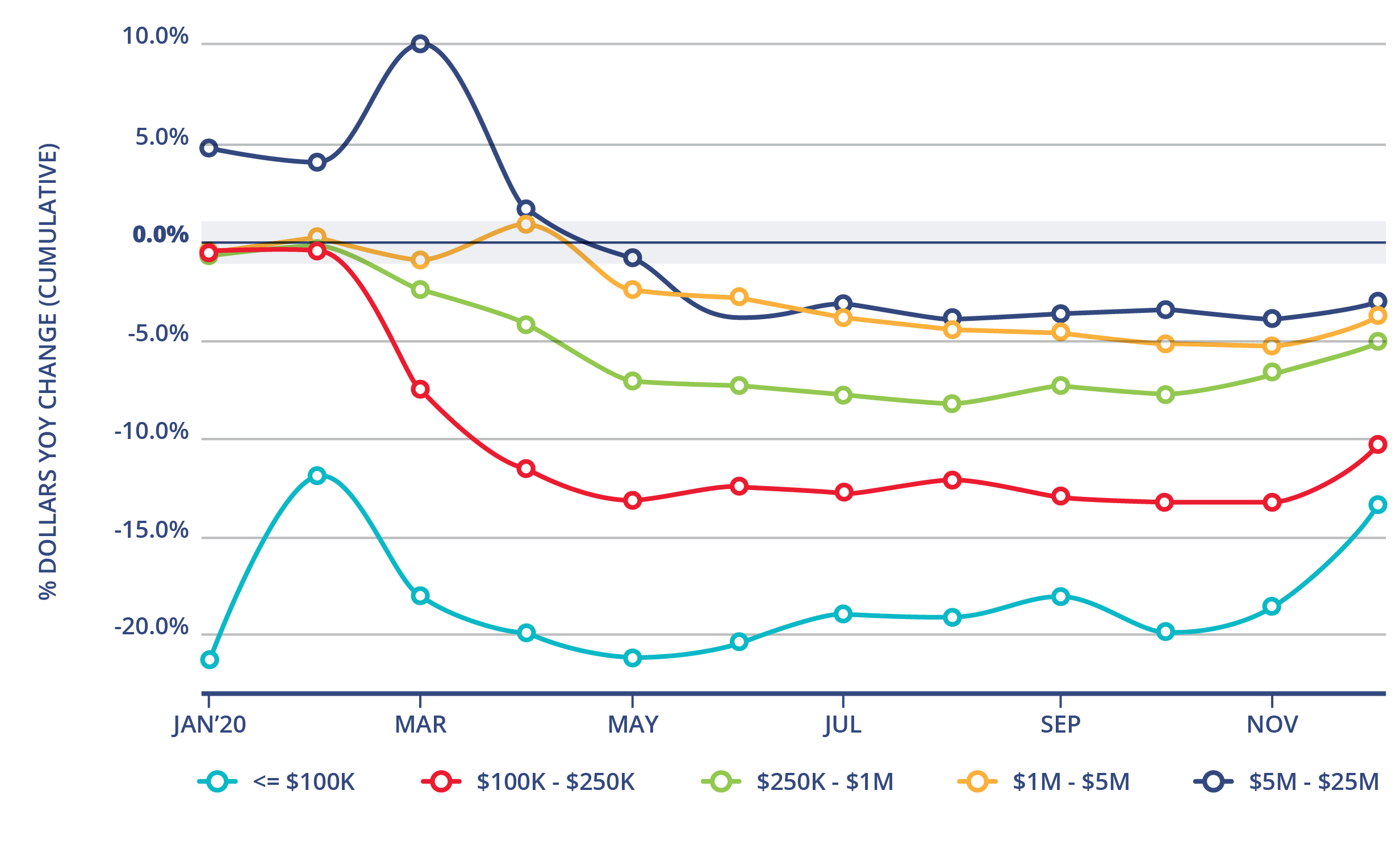
In 2020, while total giving increased for all organization sizes, on a case-by-case basis the typical organization contracted, with smaller organizations showing greater contraction.
Unprecedented donor mobility upset traditional fundraising approaches, creating uncertainty and risk for organizations. The sector was not well-positioned to be resilient in the face of these threats. Lack of agility, capacity, and digital readiness made it additionally challenging for many organizations to respond.
It is clear from examining past economic shocks, that having diverse funding sources and a plurality of donors, including small, grassroots givers is important for organizational resilience. However, as most people in the sector know, the incidence of donating to charities in the US has been in apparent decline for years. As the Lilly Family School of Philanthropy research shows, the percentage of US households giving to 501(c)3 organizations hit an all-time low in 2018 – part of a multi-year downward trend. (Whether this problem was a self-inflicted wound might be a subject for another article.)
Along with all these challenges, comes what could be a once-in-a-lifetime opportunity: With all this volatility, we saw a reversal of the damaging trend of donor consolidation in the sector. For the first time in a long time, we saw more givers in the system. Acquisition by organizations was up and more Americans were donating to charities.
GROWTH BY DONOR BUCKET
This has potentially profound implications. Not only do we suddenly have a more diverse donor base, but these givers are (so far) proving to be pretty sticky. New donor retention – the percentage of donors acquired in 2020 who gave again in 2021 was at an all-time high in the first quarter and remained strong through the first half of the year.
Does this mean we will benefit from a more robust fundraising environment for the remainder of 2021 and beyond? That’s entirely up to each of us.
This year, I have been repeatedly asked questions along the lines of “What are the donors going to do this year?” My response: “What are you going to motivate them to do?” Prior to 2020, it was clear that there was more elasticity in the donation economy than many realized. We see this when extremes in disaster relief activity don’t cannibalize other giving and we see this every year when GivingTuesday does the same.
Contrary to the expectations of many in the sector, we have observed that people were highly motivated to give over the past 20+ months. The suppressing effects of economic uncertainty notwithstanding, generosity is how people respond to the needs and crises in their communities. It gives them agency. One example of this is that the more concerned people are about COVID and its impacts, the more likely they are to take generous action of all kinds.
CONCERN ABOUT COVID-19 CORRELATES WITH INCREASED GIVING
Our 2020 U.S. Giving Survey showed that the more concerned givers were about the effects of COVID-19, the more likely they were to take action by giving. While financial uncertainty impacted donors’ ability and willingness to give, the opportunity to help with charitable giving was a motivator for donors.
When we see our outreach to donors as intrusive solicitation rather than an opportunity to exercise their desire to make a difference, we limit our possibilities. That pessimism is harmful, and it obscures our chance of capturing long-term value. The scarcity mentality leads to self-defeating approaches due to fear of “competition”.
The fear: Competition from other forms of giving.
The reality: Most donors also give in other ways and prefer to express their generosity more than simply as a transaction.
The fear: Competition from other organizations.
The reality: The entire sector experiences a lift when we come together every year on GivingTuesday.
The fear: Competition from other giving mechanisms.
The reality: We have seen that people who donate to personal crowdfunding campaigns are more generous to nonprofit organizations. We all witnessed a proliferation of acts of organized community care, person-to-person giving, donating to small businesses, etc. in 2020 and an increase in the donors and dollars for registered charities.
There is no doubt that times are tough. However, insistent pessimism undermines our sector’s ability to realize the reward in all the risk.
So, what are you going to motivate your supporters to do? As we all know, charitable giving in the U.S. is highly seasonal. The period of GivingTuesday to December 31 is when we can make it or break it. We have one more round to win this fight, and right now it’s looking like a split decision.
I’m in your corner, and this is how I want you to come out swinging:
Celebrate generosity in all its forms.
Right now, on GivingTuesday, and through the rest of the year, let’s lift up giving and givers of all types. Your “donors” want to engage in lots of ways. Giving money on GivingTuesday is the most common behavior in the US, but only donating money is the least common behavior. Give people more touchpoints with your cause and more ways to be part of your mission.
Collaborate with others.
We get a better result when we work together to uplift the sector. GivingTuesday was the single biggest day for donor acquisition in 2020, but that’s not the only day we can support each other. We can all use the energy that comes from feeling like we’re not in it alone. So, recognize that other causes and other giving are not your competition and pull together.
Engage now and engage often.
Donors who were acquired last year are a very important component of this. Look at how they gave, where, and why and talk to them about what you’re achieving together. Retention was down last year, so there’s also an opportunity to re-engage lapsed donors who likely still have an affinity for your organization. But most importantly, don’t be afraid to talk to your supporters more. Developing that relationship is key and it needs to be non-transactional.
DONOR RETENTION: FUNDRAISING EFFECTIVENESS PROJECT Q2 2021 REPORT
Market indicators so far are solid, but mixed. What we do now will determine whether we realize a positive legacy of the crises we have been facing.
It’s up to us and I know we can do it.

